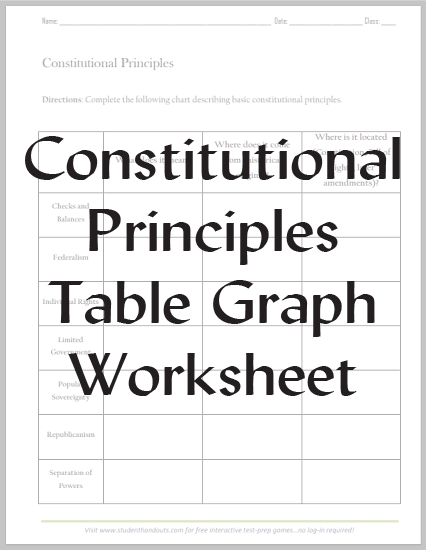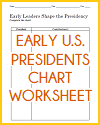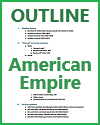| Constitutional Principles Table Graph Worksheet |
|---|
| www.studenthandouts.com ↣ Social Studies ↣ Civics ↣ Foundations of the American Government |
 |
    |
|
Directions: Complete the chart describing basic constitutional principles. Click here to print. Answers will vary. The United States operates under a constitutional framework that is built upon several fundamental principles. These principles are foundational to the U.S. Constitution and the system of government it established. Here are the basic constitutional principles in the USA: Popular Sovereignty: This principle holds that the ultimate authority and power of the government resides in the people. Citizens have the right to participate in the political process through voting, and elected representatives are accountable to the electorate. Limited Government: The principle of limited government means that the powers of the government are not unlimited or absolute. Instead, they are constrained by the Constitution, and government actions must be in accordance with the law. This principle is often associated with the idea of a government of laws, not of men. Separation of Powers: The U.S. government is divided into three separate branches: the legislative branch (Congress), the executive branch (the President), and the judicial branch (the federal courts). Each branch has its own distinct powers and responsibilities, and they are intended to provide checks and balances on one another to prevent any one branch from becoming too powerful. Checks and Balances: Checks and balances are mechanisms within the government system that allow each branch to limit or oversee the actions of the other branches. For example, Congress can pass laws, but the President can veto them, and the federal courts can declare laws unconstitutional. Federalism: The United States operates as a federal system of government, meaning there is a division of powers and responsibilities between the federal government and individual state governments. Certain powers are delegated to the federal government, while others are reserved for the states. This division is outlined in the Constitution's Tenth Amendment. Judicial Review: Judicial review is the power of the federal courts, particularly the U.S. Supreme Court, to review and potentially invalidate laws, actions, or executive orders that are deemed unconstitutional. This principle was established by the landmark case Marbury v. Madison (1803). Rule of Law: The principle of the rule of law means that everyone, including government officials, is subject to and accountable under the law. No one is above the law, and the legal system must be fair and impartial. Individual Rights: The Constitution and its amendments protect the individual rights and liberties of citizens. These rights include freedom of speech, religion, the press, assembly, and the right to bear arms, among others. The Bill of Rights (the first ten amendments) outlines many of these fundamental rights. Due Process: Due process ensures that individuals are entitled to fair and just legal procedures when facing government actions that could deprive them of life, liberty, or property. This includes the right to a fair trial and protection against arbitrary government actions. Equal Protection: The principle of equal protection, as outlined in the Fourteenth Amendment, requires that the government treat all individuals equally under the law and prohibit discrimination based on race, gender, or other protected characteristics. Consent of the Governed: Government authority is derived from the consent of the governed, meaning that elected officials are chosen by the people through free and fair elections. This principle reinforces the idea of popular sovereignty. Majority Rule with Minority Rights: While majority rule is a fundamental democratic principle, it is tempered by the protection of minority rights. Minority rights are safeguarded to prevent the tyranny of the majority and ensure that the rights of all citizens are respected. These constitutional principles collectively form the basis of the American system of government and serve as a guide for how the government should function, the rights and freedoms it must protect, and the limitations on its powers. They continue to shape the nation's political and legal landscape to this day. |
| www.studenthandouts.com ↣ Social Studies ↣ Civics ↣ Foundations of the American Government |








